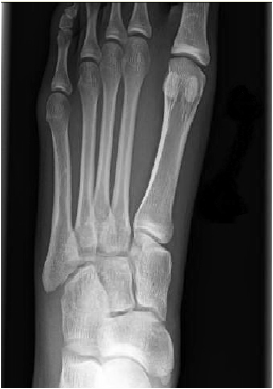The topics covered in this Spring’s installment of Annals of B Pod highlight the variety of medical knowledge and procedural skills used daily in the Emergency Department. In B Pod, there may be a patient with an intentional ingestion brought in by EMS next door to a patient with a cough who is discovered to have pneumonia, while on the other side of the pod there is a patient complaining of eye pain. All of these patients represent common chief complaints with broad differentials that interns learn how to work up, manage, and treat. Spring also marks a transitional time, when interns start stepping up to into the junior resident role. With this transition, interns broaden their procedural skill set by learning how to place central lines, perform intubations, and insert chest tubes. As the year progresses, interns see more pathology, learn about new disease processes, and acquire procedural skills.
Read More

















